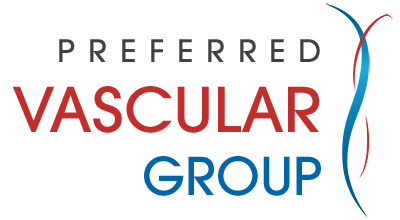Atherectomy is commonly used to treat peripheral arterial disease (PAD)–a circulation problem in which the arteries that carry blood to the legs or arms become narrowed or clogged.
The most common cause of PAD is atherosclerosis, a gradual process in which cholesterol and scar tissue build-up, forming a substance called “plaque” that clogs the blood vessels.
About the Procedure
An atherectomy is a minimally invasive procedure, performed under local anesthesia, to remove plaque build-up from blood vessels. There are different methods that can be used to perform atherectomies:
- Rotational Atherectomy: The type of catheter used in this method features a special burr or drill on the tip that rotates to grind the plaque into a powder that can be washed safely away in the bloodstream.
- Directional Atherectomy: This technique uses a small blade at the end of a catheter that when pushed against the plaque cuts it away from the artery. The catheter used is designed to collect the removed plaque as it exits the artery.
- Laser Atherectomy: Rather than a scalpel, this method uses a laser to remove buildup. In this case, the plaque is vaporized.
- Orbital Atherectomy: The catheter used is in this method features a high-speed rotational device similar to the rotational atherectomy but with a slightly modified tip to remove plaque within the artery. It is the latest technique for this type of procedure.
The method used depends on the severity and characteristics of the affected area. Removal of plaque may be followed by balloon angioplasty and stent insertion.
Why Atherectomy May be Recommended
Atherectomies are one of several treatment options for PAD. Some of the common reasons an atherectomy may be recommended include:
- Arteries that are too narrow or blocked from plaque inside the artery walls
- Blocked arteries restrict blood flow to the tissues resulting in cramping and loss of strength in the muscles of the lower extremities
- Plaque is too hard and calcified to be treated with an angioplasty
- Arterial blockages around branches or vessels that are not easily treated with stents
Schedule a Consultation
If you would like to schedule an appointment at Preferred Vascular Group to have a consult with a board-certified physician or would like to have one of our highly-trained care providers reach out to you, please click on a button below:
